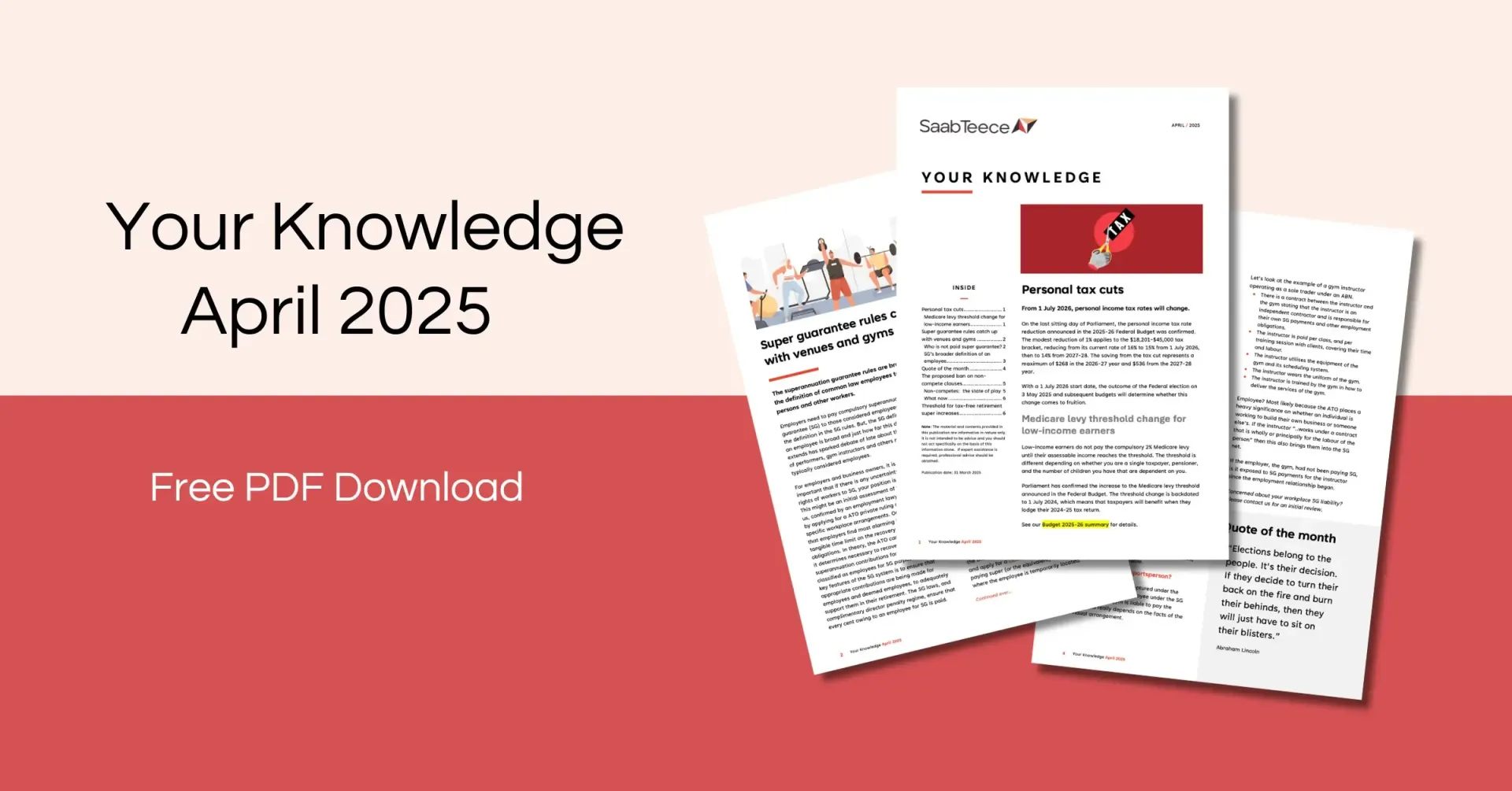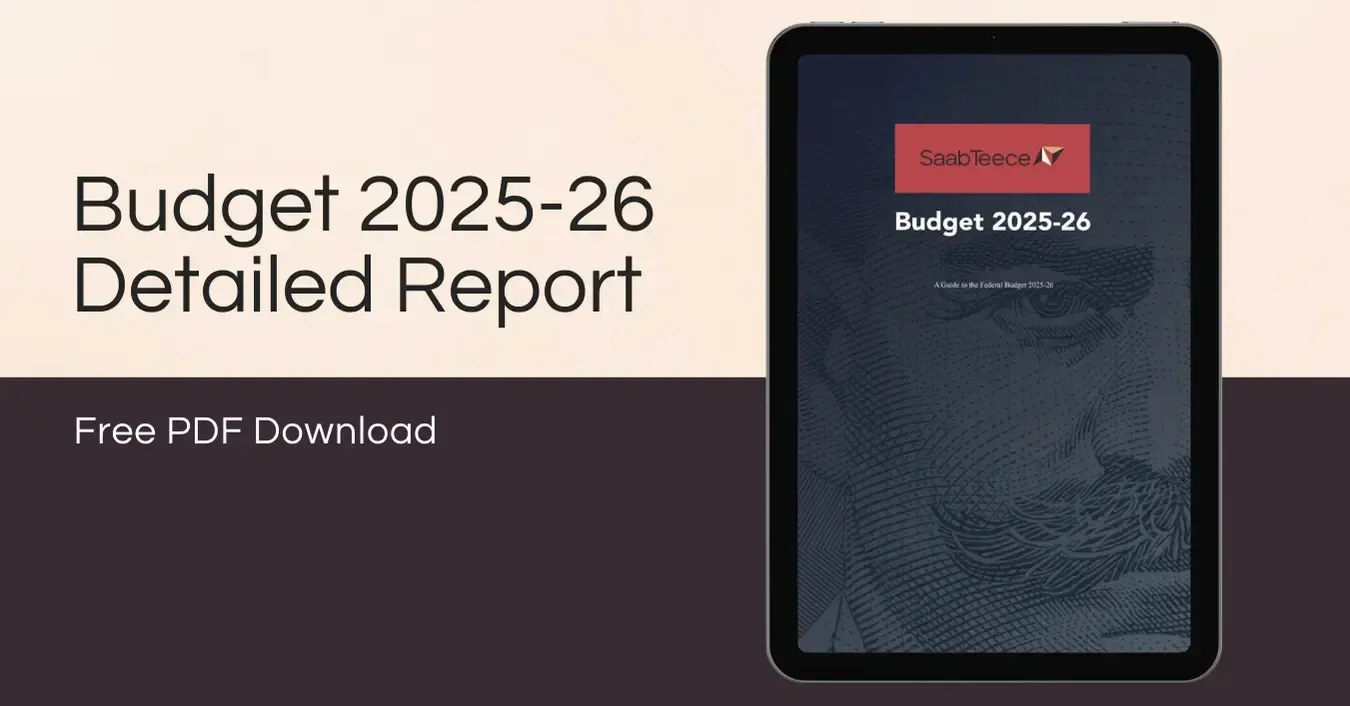Focus on the right figures – Balance sheet
After my recent article about focusing on the right Profit and Loss figures, it is only right to follow up with the crucial items on the Balance Sheet.
At meetings with clients we kick off by reviewing the trends on the Profit and Loss, and (hopefully) patting ourselves on the back with the great job done achieving a solid profit, we then move onto the Balance Sheet. The conversation quickly turns to the question of “where has the money gone”? If I had $1 for every time I heard that question, I would be relaxing at my magical beach house right now.
The question of where the money has gone is a very valid one, and one that I quickly had to get my head around as a young whipper-snapping accountant as I happily started talking about wonderful profit, and got surprised on numerous occasions wondering myself where the money had actually gone. I pretty quickly realised that for future meetings I had better go in well armed with some reasoning on that very topic.
The first thing to do is to look at last year’s figures compared to this year. Go looking for large movements and highlight them. Don’t overthink it. Things to consider:
- Which way has it moved?
- Has the movement improved or worsened your position?
- Has the movement affected cash?
Specifically, I am looking at:
Assets
- Bank Accounts
- Trade Debtors
- Directors Loans
Liabilities
- Trade Creditors
- Bank Loans
- Equipment Finance balances
- Tax Liabilities – both BAS and Income Tax
- Beneficiary Accounts
And any other large movements on the Balance Sheet that jump off the page.
What am I considering?
- Have the bank account balances gone up or down? A positive movement could be due to receipt of debtors, prior year equipment finance loans or other loans ceasing (and causing less pressure on cash flow). A negative movement could be due to debtors blowing out, net reductions of creditors or tax liabilities, repayments of Loans or equipment finance, or increased directors drawings or beneficiary payments
- Which way and by how much have the Debtors moved? It is always very important to closely monitor debtors collections to ensure that they do not blow out. If they do, this causes cash flow problems in the short term, and can also increase the risk of bad debts. Good debtors collection policy is paramount for small business. Cash is king (no, not that cash – cash flow!). Conversely, watch how much your whole Balance Sheet improves when your debtors balance is reigned in, it will literally change your life
- What is doing with the Directors Loans? If you have a Debit loan, this means that you have drawn money over and above your salary, and you owe the company. While many people do not immediately recall how this happened, a closer look at this account will show that Quarterly PAYG Instalments for the individuals and/or year end personal Income Tax may have been paid by the Company or Trust, along with a trail of small amounts of personal expenses that just add up over the 12 month period. Note the same applies for the beneficiary accounts if the entity is a Trust
- Trade Creditors – are these under control, or are they being used (i.e. abused) to manage your own cash flow? If your cash flow or profitability has suffered, you may note that the Creditors could have blown out to fund this, while on the other side of the ledger, if you have had a great year and are wondering where the money has gone, look for a considerable improvement in your Creditors. Ask yourself if the phone has stopped ringing with suppliers requesting payments, or if there have been no stops put on accounts if there had been previously
- Bank loans, and particularly amortising (p and i) loans cause strain on the cash flow as you are only entitled to claim a deduction for the interest component, not the principal repaid. Always consider the improvement on these amortising loans, otherwise it can be hard to take
- Equipment Finance loans are another thing that impact profit and cash flow. These are almost always amortising loans, and as above that makes it vital to bear in mind how quickly the loan is decreasing, and when the loan will be paid out. The impact of these short term (3 – 7 year) loans cannot be understated. It is very important to consider all impacts of capital purchases and the financing requirements
- One of the certainties in life is tax, and for businesses this can come in the form of Income Tax and the tax liability arising from the BAS’s. Consider whether you previously had an out of control tax debt that you have paid down during the year, and bear in mind that it has improved the Balance Sheet position without getting a tax deduction for it.
- One of the things with accounting and business advising that appeals to my sense of logic and order is that all the answers are there on the Profit and Loss and Balance Sheet. It is a matter of knowing where to look and what to look for.
- Keeping a close eye on the movements on the Balance Sheet will really tell you the truth about what has happened with the money (profit). Has it been spent wisely? Or has it been whittled away on frivolity of personal spending and unnecessary capital acquisitions.
Like on the X-Files – the truth is out there.
I’m TC, and that’s my Two Cents.
Recent Posts









